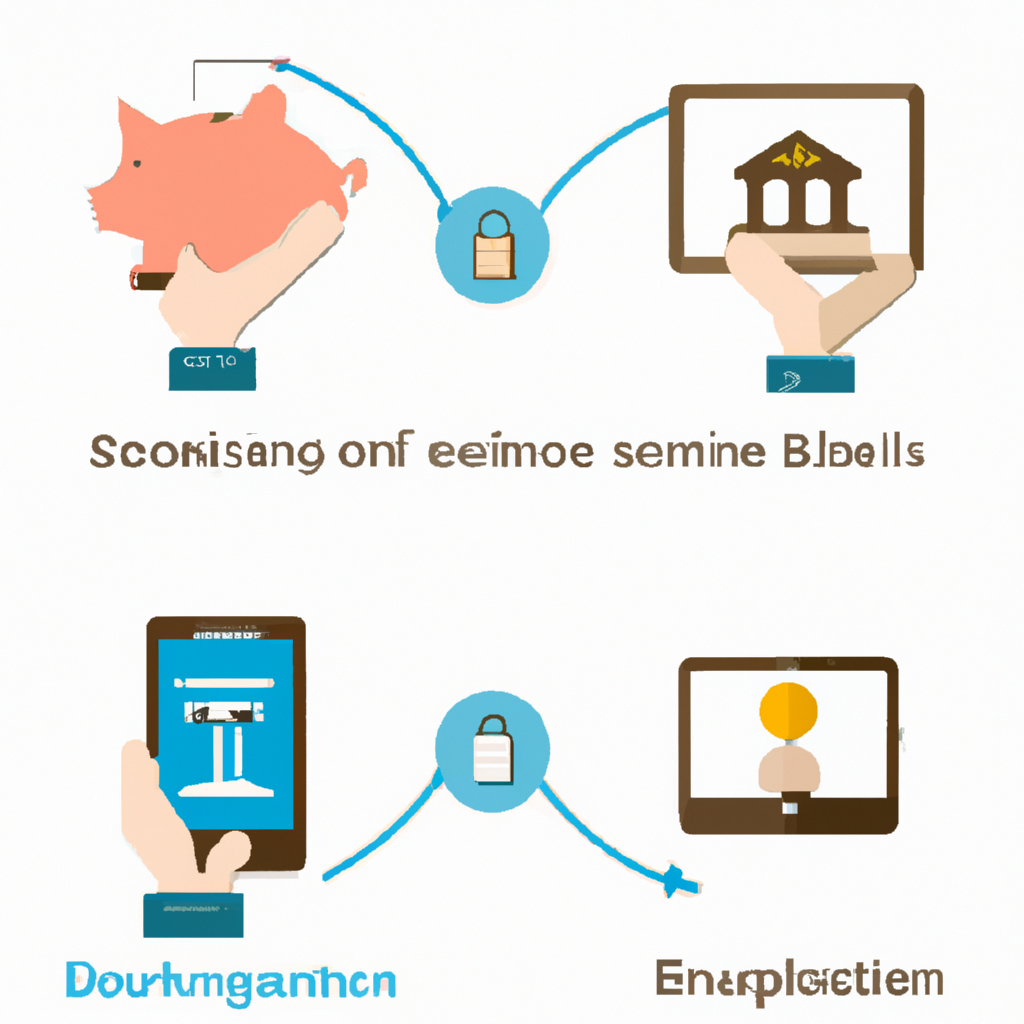The Evolution of Banking: From Bartering to Digital Transactions
Banking has come a long way throughout history, transforming from simple bartering systems to sophisticated digital transactions. The evolution of banking is a fascinating journey that highlights human ingenuity and the need for financial services. In this article, we will explore the major milestones in the history of banking and how they have shaped the way we handle our finances today.
The Birth of Bartering
Before the advent of formal banking systems, societies relied on a simple bartering system for trade. People would exchange goods or services directly, with no standardized unit of value. This primitive system had its limitations, as it required a coincidence of wants and was not scalable.
The Rise of Currency and Coinage
As civilization advanced, the need for a more efficient medium of exchange became evident. This led to the development of currency and coinage. Ancient societies such as the Mesopotamians, Egyptians, and Greeks introduced various forms of money, including cowrie shells, metal coins, and valuable commodities like gold and silver.
Currency greatly facilitated trade and allowed for the accumulation and storage of wealth. It eliminated the need for bartering and provided a more reliable medium of exchange.
The Emergence of Early Banking Systems
During the Middle Ages, banking as we know it today started to take root. Merchants needed a safe place to store their money and valuables, and banks emerged to fulfill that need. These early banking institutions offered safekeeping services, acted as intermediaries in trade, and provided loans to individuals and businesses.
One prominent example of early banking was the Medici Bank, which was established in Florence, Italy, in the 14th century. The Medici family revolutionized banking by introducing the concept of credit and modern accounting techniques. They also pioneered the use of checks as a form of payment.
The Birth of Modern Banking
Modern banking, as we recognize it today, began to take shape during the 17th and 18th centuries. This period witnessed the establishment of the first central banks, such as the Bank of Amsterdam (1609) and the Bank of England (1694).
Central banks played a crucial role in stabilizing economies, issuing currency, and regulating financial institutions. They also acted as lenders of last resort, helping combat economic crises.
Banking in the Digital Age
The digital revolution of the late 20th century brought about a significant transformation in banking. The advent of computers and the internet paved the way for online and electronic banking.
Thanks to digitalization, banking services became more accessible, efficient, and convenient. Customers could now conduct transactions, check their account balances, and even apply for loans from the comfort of their homes. The introduction of ATMs, debit cards, and online payment platforms further revolutionized how we handle our finances.
The Future of Banking
The future of banking promises even more exciting developments. As technology continues to advance, we can expect to see further integration of artificial intelligence, blockchain, and mobile banking solutions.
Artificial intelligence will enable personalized banking experiences, enhanced fraud detection, and more efficient customer support. Blockchain technology, with its decentralized and secure nature, has the potential to revolutionize areas such as cross-border transactions and identity verification.
Mobile banking will undoubtedly become even more prevalent, with smartphones serving as a one-stop solution for all financial needs. This includes mobile payment apps, investment platforms, and instant peer-to-peer transfers.
In Conclusion
Banking has come a long way from the days of bartering to the digital age we now live in. The evolution of banking reflects our ever-growing needs for secure and efficient financial services. Understanding the history of banking helps us appreciate the convenience we enjoy today and provides a glimpse into the exciting possibilities of the future.
As we continue to innovate and adapt, it’s clear that banking will remain an essential aspect of our daily lives for many years to come.
